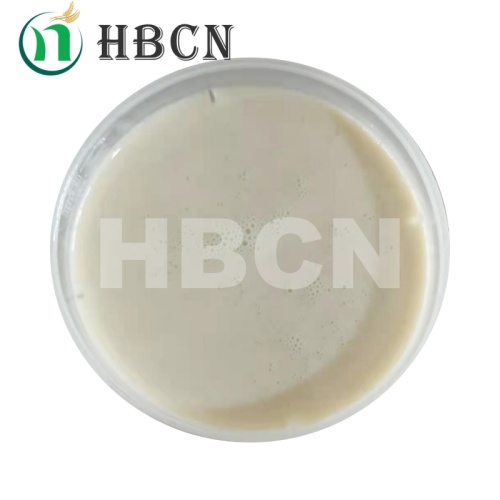
Apr . 08, 2024 17:34 Back to list
Agrochemicals in the Food Chain
3.5.2.1.2 Chloride channel activators
Avermectins, milbemycins, and spinosyns
Abamectin is a natural bacterial fermentation product of the soil actinomycete, Streptomyces avermitilis. It contains a mixture of compounds differing slightly in structure and known as avermectin B1a and B1b. These are 16-membered macrocyclic lactone derivatives and are usually attached to sugar residues.18 Chemical modifications of these original structures have produced a range of products known collectively as avermectins, which possess an altered spectrum of activity, improved efficiency, and a longer duration of action. They find use as insecticides and in the treatment of both internal and external parasitic infections, usually in livestock and domestic animals (cats and dogs), although ivermectin is used in man.
They function by binding to the invertebrate-specific glutamate-gated chloride channels in the membranes of nerve and muscle cells of the target species causing an influx of chloride ions with ensuing hyperpolarization and subsequent paralysis.19 Binding also occurs to the GABA receptors and they may have other interactions.20 Milbemycins are a group of closely related 16-membered macrocyclic lactones isolated from Streptomyces hygroscopicus21 and the spinosyns, 12-member ring macrolides, are obtained from Saccharopolyspora spinosa.22 The milbemycins operate, like the avermectins, by opening the glutamate-sensitive chloride channels, whereas the spinosyns mainly function as allosteric nicotinic acetylcholine receptor (nAChR) agonists although they may have secondary effects on GABA receptors.23 Synthetic versions such as spinetoram are now available; all have very complex structures and are used to control codling moths, thrips, and other pests of grapes, apples, pears, and apricots. Currently they are not UK-approved.
These large molecules are hydrophobic, having a high lipid solubility and are concentrated in adipose tissues. In mammals and man, they are released slowly, being excreted in the bile and eliminated via the gastrointestinal tract.24,25 This seems to be a general pattern for these macrolide compounds.
They are rapidly degraded in the environment after application, with eventual decomposition to carbon dioxide.26 Incubation with liver microsomes gives hydroxylation products.
-
Azoxystrobin: Broad-Spectrum Fungicide Solutions
NewsAug.11,2025
-
Best EPA Boscalid: Superior Crop Fungicide for Max Yields
NewsAug.11,2025
-
Best Willowood Imidacloprid: Superior Pest Control Solutions
NewsAug.10,2025
-
Best EPA Boscalid Fungicide: Ultimate Crop Protection
NewsAug.09,2025
-
Cyprodinil Fungicide: Broad-Spectrum Crop Protection
NewsAug.08,2025
-
Tembotrione Herbicide: Advanced 8% OD for Broad Spectrum
NewsAug.07,2025

